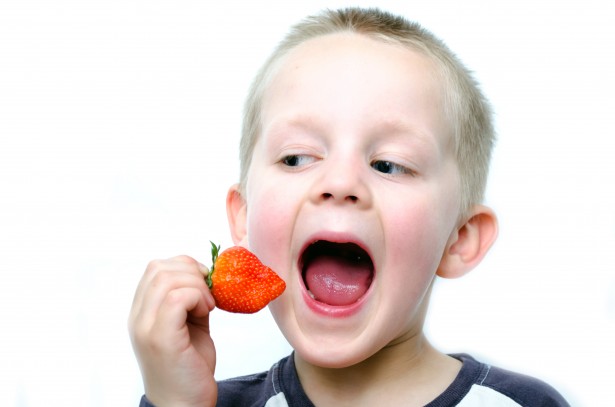
We never grow as quickly as we do when we’re a toddler. This is why it’s imperative that a toddler’s diet is packed with nutrients. Did you know that at the age of 6 months, breastmilk alone cannot meet your baby’s increasing growth and development requirements? In fact, recent data indicates that 1 in 3 infants and toddlers are low in iron.
Iron plays a crucial role in development, and deficiencies can lead to numerous health and developmental issues, which is why parents are urged to focus on ensuring their baby has an adequate iron intake. New guidelines recommend that baby’s first foods must be iron-rich. The best sources of iron are meat, fish and poultry because they contain haem iron which is more readily absorbed by the body than the plant based form of non-haem iron. Red meat, such as beef and lamb, is recommended as ideal iron-rich food choices because it has the highest amount of haem iron. The best non-haem iron sources include dark green leafy vegetables, tofu, eggs and legumes and iron-fortified products. Both heam and non-haem iron options should be included in the diet to maximise iron absorption.
Here are my top 3 recommendations for boosting your child’s iron intake:
1. Have red meat as a regular part of your diet
Planning in 3-4 meals a week can really help in meeting your child’s increased iron requirements. A handy hint to remember is the redder the meat, the higher amount of haem iron. Depending on how old your child is, or how fussy, you may like to change how you serve it. For example, beef or lamb mince could be made into bolognaise, rissoles, meatballs or hamburgers to suit the whole family so meals will never be boring.
2. Look for iron fortified foods
Some products, such as grain or rice cereals are fortified, meaning that they have extra amounts of non-haem added to boost its overall iron content. You shouldn’t rely on these iron fortified products alone, but they do provide great iron rich options to supplement your child’s diet.
3. Have Vitamin C to help absorb non-heam iron
Vitamin C is needed to help increase iron absorption, so when your child is eating foods containing mainly non-haem iron, it is good to pair it with something that is also going to provide Vitamin C. For example, you could blend in some tomatoes with other cooked dark green vegetables into meals or serve capsicum sticks with hummus dip as an iron rich mid-meal snack.
By having a combination of meals containing haem iron sources, foods fortified with iron as well as having Vitamin C to maximise absorption of non-haem iron, you will be ensuring that you are providing your child with a diet that is rich in this vital nutrient for their optimal growth and development.
For further advice on infant nutrition, make an appointment to talk to an Accredited Practising Dietitian on 1300 438 550.
